What are the advantages of Japanese cars
Why does everyone love or at least respect cars from Japan? Sooner or later, this is a question many of us ask ourselves when faced with choosing a new car. That's right, Japanese car brands, industry giants such as Nissan, Toyota or Honda have gained recognition anywhere on our planet. But what caused such fame, what is their advantage and is their popularity deserved?
The content of the article
- 1 Technological excellence: innovation and cutting-edge developments in Japanese cars
- 2 Why Japanese cars are considered the most reliable in the world
- 3 How Japanese cars save fuel and resources - efficiency and efficiency
- 4 Design and comfort - Japanese cars are a combination of style, aesthetics and comfort
- 5 How Japanese cars provide high levels of safety and innovative technology
Technological excellence: innovation and cutting-edge developments in Japanese cars
It is an indisputable fact that Japanese automakers have always been and remain at the forefront of technological progress in the automotive industry. They constantly and systematically strive to introduce their specialized developments and innovative technologies into their cars in order to ensure sustainable superiority and constantly stay ahead of the competition.
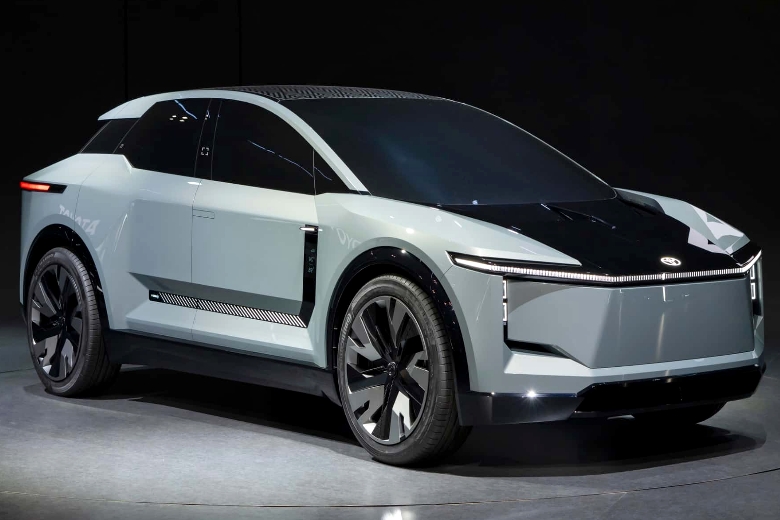
Hybrid and modern electric technologies are one area in which Japanese automakers are clearly leading the way. Toyota was a pioneer in this area, introducing the world to the legendary Prius in 1997, the first mass-produced hybrid car, and since then the company has continued to develop and improve its hybrid and electric models.
Other Japanese brands such as Nissan and Honda are also actively introducing electric and hybrid technologies into their lineups. For example, the Nissan Leaf became one of the first mass-produced electric vehicles, and Honda introduced a number of highly efficient hybrid models such as the Insight and Accord Hybrid.
The Japanese auto industry is also an objective leader in the field of driver assistance systems and autopilot. Technologies such as adaptive multifunction cruise control, lane departure warning, automatic emergency braking and many others are constantly being refined and improved to improve driving safety and convenience.
Nowadays, some Japanese cars are even equipped with partial self-driving systems that can take over control in certain situations, such as driving in traffic jams or on highways.
In addition to innovations in electronics and software, the designers of the Land of the Rising Sun are also actively introducing the use of advanced materials and technologies in the production of their cars. They use lightweight but strong alloys, composite materials and the latest molding and assembly methods to ensure high quality and durability of overseas vehicles.
For example, Honda uses revolutionary technology for the production of aluminum parts using high-tech injection molding. It seems like nothing new, but this technology makes it possible to achieve high precision and at the same time reduce the overall weight of the car without compromising its strength.
Why Japanese cars are considered the most reliable in the world
Anyone who has delved even a little into the topic knows that one of the main reasons for the popularity of Japanese cars around the world is their reputation as one of the most reliable and durable cars on the market. And this is not just a popular legend - the reputation is based on a long history of the highest quality production and attention to detail.
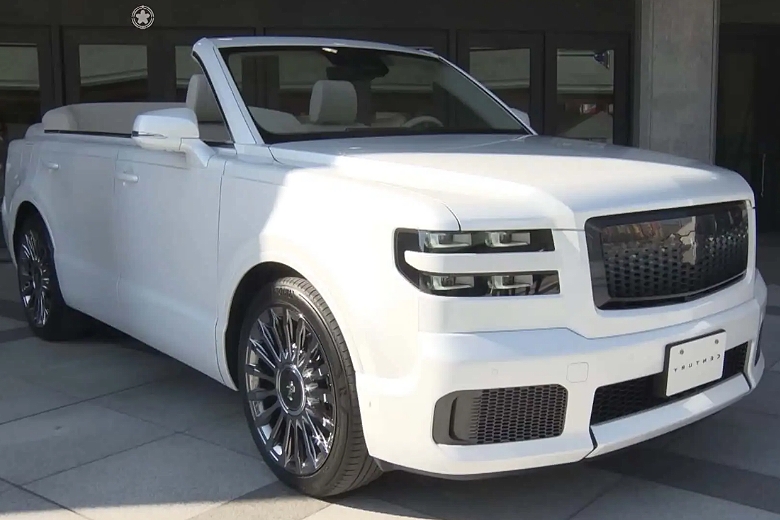
Japanese auto manufacturers adhere to the strictest quality control standards at all stages of production. Every component and every operation is carefully checked to ensure high quality standards are met. And the results are predictable: this allows you to minimize the likelihood of defects and malfunctions.
Companies strive for total control over the quality of their products. Some of them, such as Toyota, have even created special departments responsible for checking the reputational reliability of suppliers and their production processes, and this, naturally, is a plus to the standard quality control of supplied products.
In addition to strict quality control, the Japanese also use high-quality materials and components during the production process. They carefully select suppliers and carry out extensive testing to ensure the reliability and durability of the materials used. As an example, many Japanese cars are equipped with high-strength steel bodies, which essentially provide additional protection and increase the service life of the car.
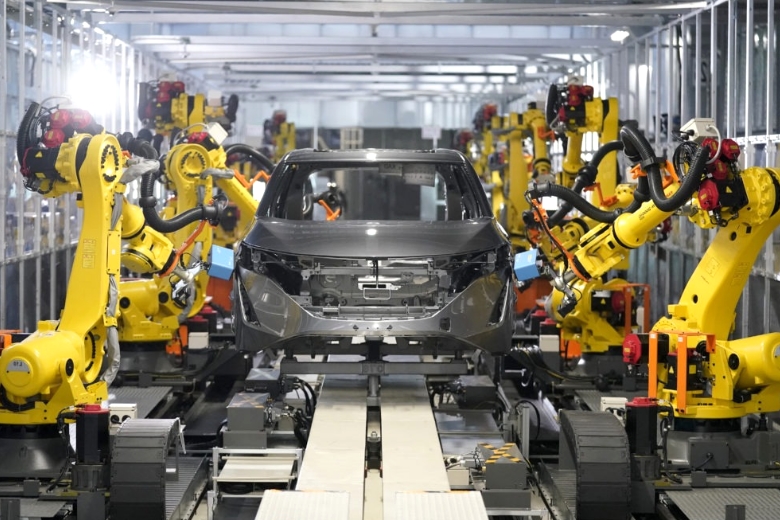
There is one more point, which also serves as a justification for the special reliability of the “Japanese”. Without exception, before a new model goes into production, it undergoes lengthy and rigorous testing using dedicated test tracks and simulators to test the vehicle in the most extreme conditions, such as high and low temperatures, off-road conditions, accelerated aging and much more. It is these tests that allow any potential problems to be identified and corrected before the vehicle goes on sale, ensuring its reliability and longevity.
How Japanese cars save fuel and resources - efficiency and efficiency
Perhaps the formulation of the question is not particularly relevant for some potential car buyers, but in the modern world, when the problems of climate change and resource conservation are becoming increasingly prominent, the economy and efficiency of cars play an important role. And the Japanese auto industry definitely pays special attention to these aspects, which makes their cars some of the most economical on the market.
In fact, it is the Japanese who can boast of their technologies aimed at systematically reducing fuel consumption and, accordingly, exhaust and CO2 emissions.
Economy and efficiency technologies:
- Hybrid and electric powertrains
- Start-stop systems
- Aerodynamic body design
- Lightweight materials in construction
- Engine and transmission control technologies
The use of these technologies together makes it possible to achieve impressive efficiency indicators and, for example, the Toyota Prius in the urban cycle consumes only about 3.7 liters of gasoline per 100 km.
Are you looking for an economical car with minimal consumption and fuel consumption? Consider the current option of purchasing a car from auctions in Japan with delivery. Details and offers can be found here https://avtoban.org/, various options according to the model range and price range.
Table 1. Average fuel consumption of some popular Japanese models:
| Model | Fuel consumption (l/100 km) |
| Toyota Prius | 3.7 |
| Honda Civic | 6.0 |
| Nissan Sentra | 6.3 |
| Mazda3 | 6.6 |
It should also be taken into account that in addition to reducing fuel consumption, Japanese car manufacturers are also striving for more efficient use of resources at all stages of the vehicle’s life cycle. This includes:
- Use of recycled and environmentally friendly materials in production
- Reducing waste and emissions from factories
- End-of-life vehicle recycling and disposal programs
Some powerful companies, such as Toyota and Honda, have even developed special programs to create cars that are completely recyclable and reusable, and perhaps they are the future.
Design and comfort - Japanese cars are a combination of style, aesthetics and comfort
In addition to all sorts of sophisticated technical innovations and unbreakable reliability, Japanese cars are also known for their distinctive design and high level of comfort. Designers really pay great attention to aesthetics and convenience, creating cars that are not only functional, but also provide driving pleasure to any buyer.

It is generally accepted that Japanese cars have a modern and elegant design that combines dynamic lines and flowing shapes. The generally cool appearance is complemented by a well-thought-out ergonomic interior layout that provides maximum comfort and convenience for both driver and passengers.
To avoid doubt, many Japanese automakers such as Mazda and Lexus have even developed their own signature design lines that reflect their corporate philosophy and give each car a recognizable style.
A huge plus for users is that the interiors of high-quality Japanese cars use high-quality finishing materials such as genuine leather, wood and aluminum. This design approach gives the interior a premium and luxurious look, but also in practical terms ensures durability and wear resistance.
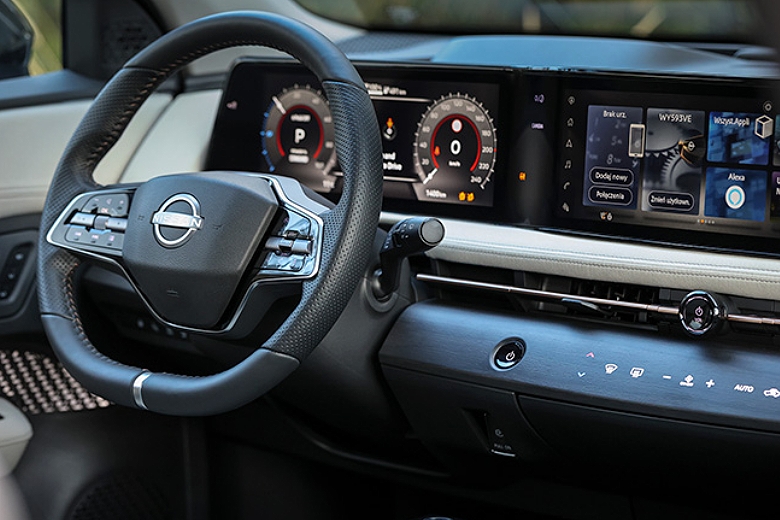
Some recognizable brands, such as Infiniti and Lexus, have made it a common practice to attract famous designers and artists to create exclusive interiors for their models.
In addition to stylish design and quality materials, Japanese cars are also equipped with advanced comfort technologies that many already consider “standard”.
Standard comfort technologies:
- Multi-zone climate control systems
- Ventilated and heated seats
- Premium audio systems
- Active noise reduction systems
- Panoramic glass roofs
The combination of all these functions in one car helps to create the ideal atmosphere in its interior, providing maximum comfort and pleasure even on a long trip.
How Japanese cars provide high levels of safety and innovative technology
Perhaps about the main thing. Safety is one of the key priorities for Japanese cars. Manufacturers are constantly “searching” and continuously developing and implementing innovative technologies to provide maximum possible protection for drivers and passengers in the event of an accident, as well as help prevent possible accidents in principle.

Here we should focus on active safety systems, which are designed to prevent accidents and reduce the risk of their occurrence. Many Japanese cars are equipped with various technologies in this direction.
Active safety systems:
- Automatic Emergency Braking System
- Lane departure warning system
- Blind Spot Monitoring System
- Adaptive cruise control
- Analytical traffic sign recognition system
- Night vision system
Such systems use cameras, radar and other sensors to constantly monitor the environment and alert the driver to potential hazards or even automatically intervene to prevent an accident.
Passive safety systems also play an important role in the “real Japanese car” concept. If an accident does occur, Japanese cars are equipped with a variety of passive safety systems designed to minimize the consequences for the driver and passengers.
Passive safety systems:
- Reinforced body with programmed deformation zones
- Multiple airbags (front, side, curtain airbags)
- Active head restraints to protect against neck injuries
- Seat belt pretensioners
- Roll Stability Systems
The design departments of major Japanese automakers have long been implementing the use of special materials and structures that dissipate impact energy to provide additional protection during collisions.
For us, as users, it is important that safety is one of the key areas of research and development for Japanese automakers. And this is not just a slogan or a corporate motto, the Japanese are constantly working to improve existing technologies and create new innovative security solutions.
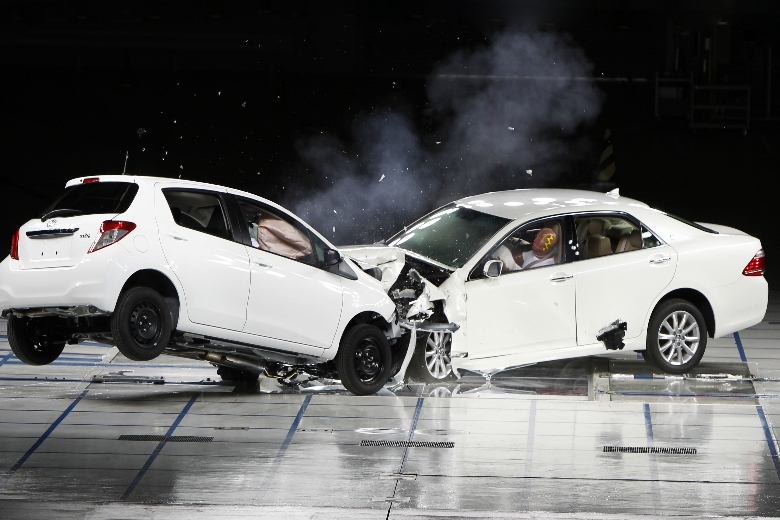
This is evidenced by the fact that individual companies, such as Toyota and Honda, have separate research centers specializing in studying the behavior of drivers and passengers during accidents, and, based on the data obtained, developing new safety systems.
Now you fully understand the advantages of cars from Japan. The answer to this question is absolutely simple - Japanese cars are reliable, modern, stylish and economical. Their world fame is truly deserved and is the result of long, constant and focused work of many professionals with a focus on safety, innovation and comfort. If you are thinking about purchasing a car, then you should definitely pay attention to cars from the “Land of the Rising Sun”.
















